The Women Who Overcame Insults and Even Death to Become Athletes
From bow-wielding Amazons to the trash-talking, 18th-century “Mother of Boxing.”
In Atlas Obscura’s Q&A series She Was There, we talk to female scholars who are writing long-forgotten women back into history.
From soccer player Mia Hamm to gymnast Simone Biles to tennis champion Serena Williams, many female athletes are household names today. But for centuries, their predecessors were banned from participating in—or even watching—sports. In ancient Greece, women caught attending the original Olympic Games could face the death penalty. In the Victorian era, it was believed women who exercised would injure their reproductive organs, harming future offspring. In 1900, the first women participated in the modern Olympic Games but were only allowed to compete in sailing, tennis, croquet, golf, and equestrianism. Even today, women aren’t allowed to participate in some Olympic sports like Greco-Roman wrestling and the decathlon.
Despite centuries of discrimination, female athletes have always been there, says athlete and historian Alex Allred. In her book When Women Stood: The Untold History of Females Who Changed Sports and the World, Allred traces the remarkable story of women in sports, from early Amazons to modern rulebreakers. Atlas Obscura talked with Allred about the shocking—and even deadly—link between sports and clothing, how an insult led to her becoming a nationally-ranked bobsledder, and how a trash-talking Elizabeth Wilkinson became the so-called “Mother of Boxing.”

What ignited your passion for female athletes?
I’ve always cared about women’s rights and women’s rights in sports specifically. And in 1993, I discovered that women were banned from the sport of bobsledding—that really bothered me.

In 1940, Katherine Dewey won a championship in four-person bobsled: It was the first time a woman had ever won in mixed sports. The following year, women were banned from the sport. Officials said, “It’s too dangerous. The sleds are too heavy, and it’s bad for women’s health.”
So I started writing obnoxious letters to the International Olympic Committee, the U.S. Olympic Committee, the Bobsled Federation. I got a phone call about two months later. An official told me, “The United States is going to have its first-ever women’s trials. Are you coming, big mouth?”
What do you say after that? So I was like, “Yeah, I’ll be there.” I just remember hanging up the phone and looking around, going, I know nothing about bobsledding. I was just determined to see women in the sport. I didn’t see myself in that, but I kept making [training] camp after [training] camp. Then I won U.S. nationals. And as they’re putting the metal around my neck, a journalist leans in and says to me, “You know, this doesn’t mean anything, right?”
I went back to all my fellow sister bobsledders, and I said, “You’re not gonna believe what he just said to me.” We made a pact that we would stay in until women were allowed to bobsled in the Olympic Games. There was a team of eight of us, and we weren’t given sleds. We weren’t given a coach. We weren’t given uniforms. And this was in 1994 and 1995.
The irony is there was a 50-year dry spell for the U.S. men’s team not medaling in bobsled. Then the very first Olympic Games women were allowed to compete in, the United States won gold.

So what’s all the fuss about clothes and sports?
Very early on, I realized I could not escape the topic of clothing [when telling the story of female athletes]. Four thousand years ago, so-called “women police” patrolled the streets of ancient Greece, and their primary goal was to ensure women were dressed appropriately. I remember reading that and rereading it. It really hit me hard that that’s where we are now.
Flash forward to the 2020 Olympic Games when Norwegian volleyball players wanted to put on more clothing, and that was such a problem that they were penalized. The men wear shorts down to their knees and a tank top, but the women are supposed to wear bikinis. The singer P!nk volunteered to pay their fine because she was so outraged. Even 4,000 years later, we still control how women dress.
How did clothing pose a threat to women, especially when it came to swimming?
For centuries, women drowned because their clothing pulled them down, but it was always assumed that they were drowning because they were too weak to swim. Once wet, these clothes weighed 30 to 50 pounds. Women were also never taught to swim because, of course, that wasn’t ladylike.
Even with early bathing suits, a lot of women would sew small weights into the hem of their [swim] dresses, because if the wind blew up their skirts, that would be inappropriate. Then they’d go wade into the water, get pulled in, and drown.

Who were some of the Western world’s earliest female athletes?
I think of the Amazons as our first female athletes. We know that the Amazons, both men and women, rode together. They fought together. They had tattoos. They got high. They did everything together.
Then, in terms of civilization, the Spartans were some of the first [female athletes]. It’s important to recognize that the only reason that Spartan women were allowed to partake in sports and physical activity was because of the belief that stronger women would make for stronger male babies. So even for Spartan women, who are celebrated as some of the most liberated women [of the ancient world], there was a “but” attached to their rights.
What was life like for a Spartan woman?
Spartan women could, in some circumstances, own property. They could speak up. They could speak about politics. They had far less restrictive clothing.
Most of the material that we have comes from ancient Greece, and the images we’ve gotten from Greek philosophers are not flattering. Spartan women are seen as thick and muscular and ogreish and vulgar and loud. And it’s no coincidence that’s how the Amazons were also portrayed.

During the Industrial Revolution, why were women of the upper classes, you call them “women of leisure,” allowed to play sports?
Women of leisure were allowed to do light [physical activities], like croquet, archery, eventually golf, and slowly but surely tennis. She was allowed to do certain things that fit the image of the upper class. But again, it was less about letting her pursue an athletic dream. It was about letting her be seen on the lawns and part of the upper crust who were engaged in these activities. You know, “Wasn’t it cute that she was out there playing a light game of croquet?”
Who’s a female athlete you really enjoyed researching for the book?
I love Elizabeth Wilkinson. She’s the first-known, trash-talking, M.A.A. [mixed martial arts] style, anything-goes boxer.
She’d take out ads in the newspaper and just absolutely trash-talk her opponent or call people out for a fight. She was very low-brow, and yet aristocrats loved her, because she was so hilarious and outrageous and outspoken.

She was born in the early 1700s. The first big fight came about because her husband was hung as a thief. Elizabeth set her sights on the woman who testified against him and challenged her to a fight. And then after that, it was full on. I mean, she was fighting anybody and everybody.
She was a tough person. But what made me love her was her boldness. She got herself a publicist and a coach, and she started traveling and fighting. When she fought, anything [was allowed]: You could bring weapons. She was M.M.A. to the extreme.
What’s one point you’d like readers to walk away with after finishing your book?
We have to write women back into history, and when we write women back into history, for me, that means medicine, research, sports, advertising, academia—that means everything. And when we start writing women back into all facets of history, we’ll stop thinking about women as being less important.
This interview has been edited for length and clarity.
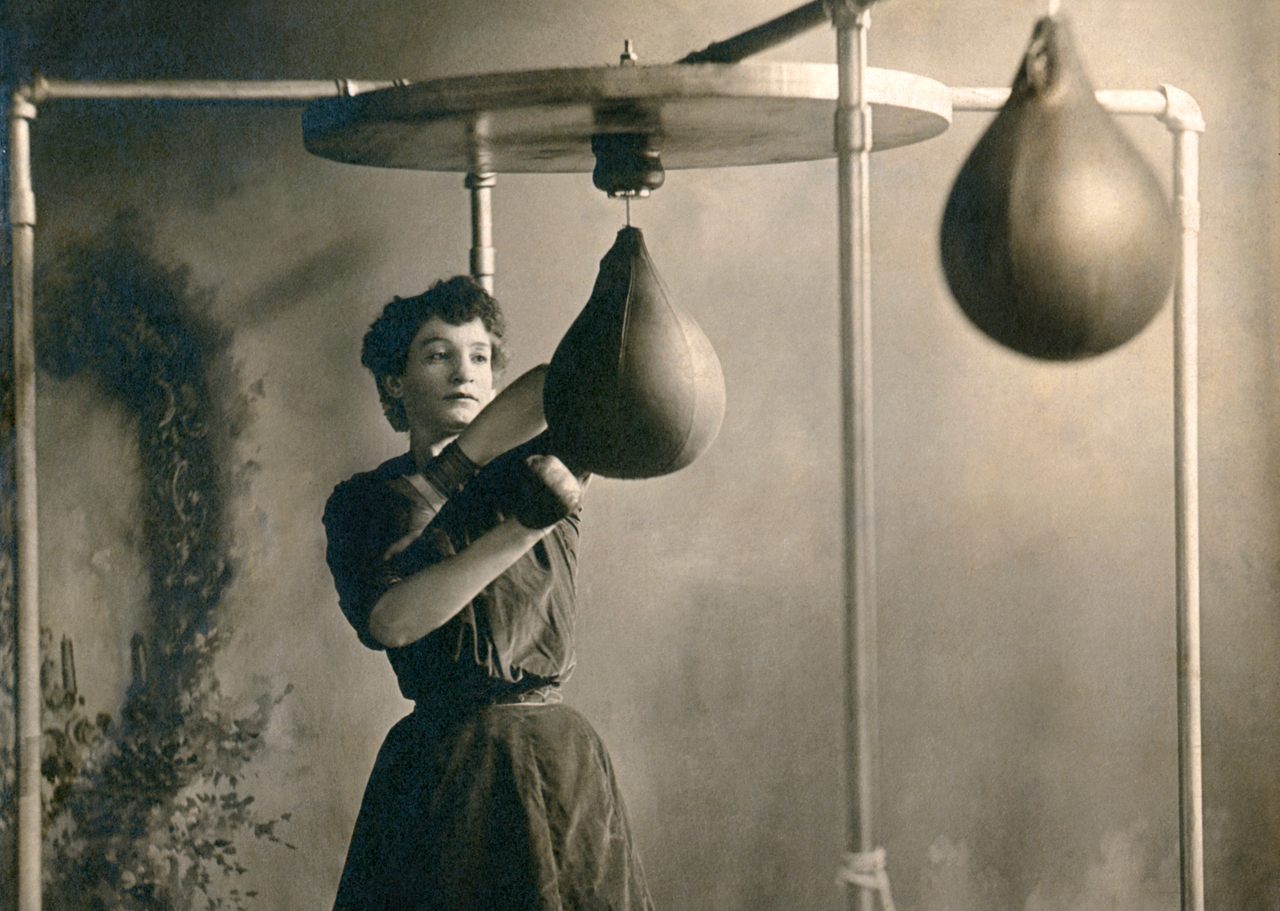


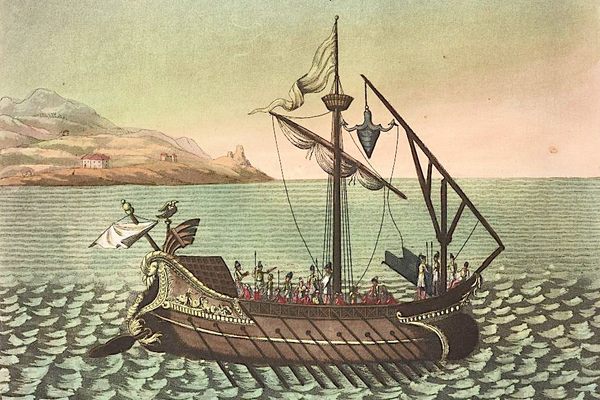
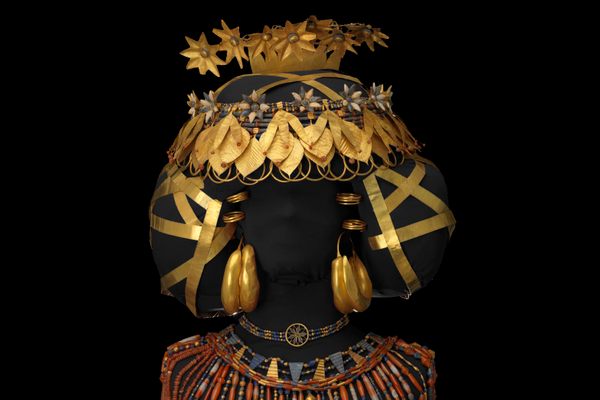


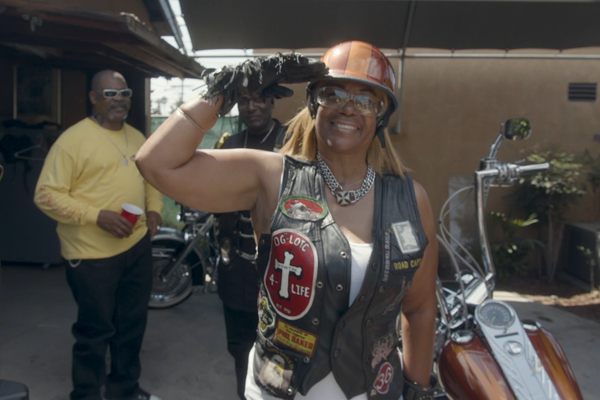
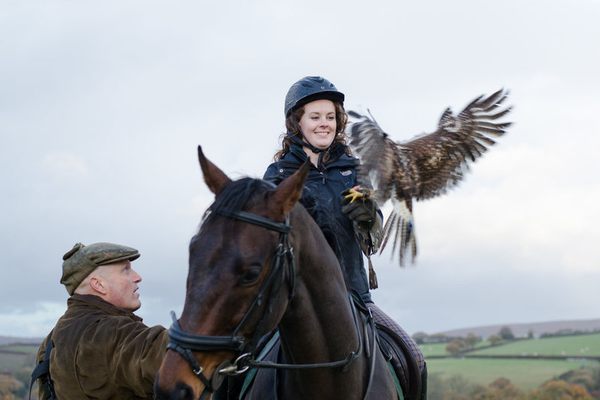
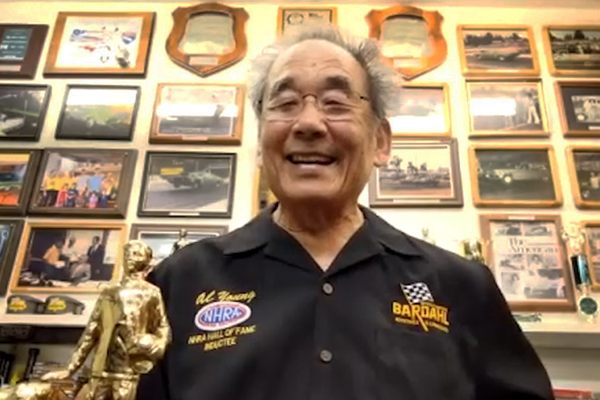


Follow us on Twitter to get the latest on the world's hidden wonders.
Like us on Facebook to get the latest on the world's hidden wonders.
Follow us on Twitter Like us on Facebook